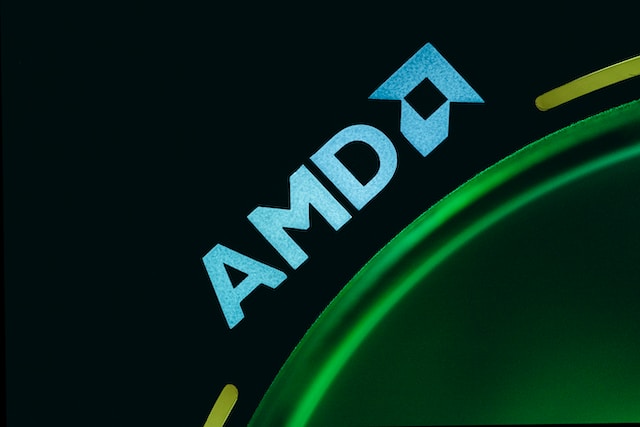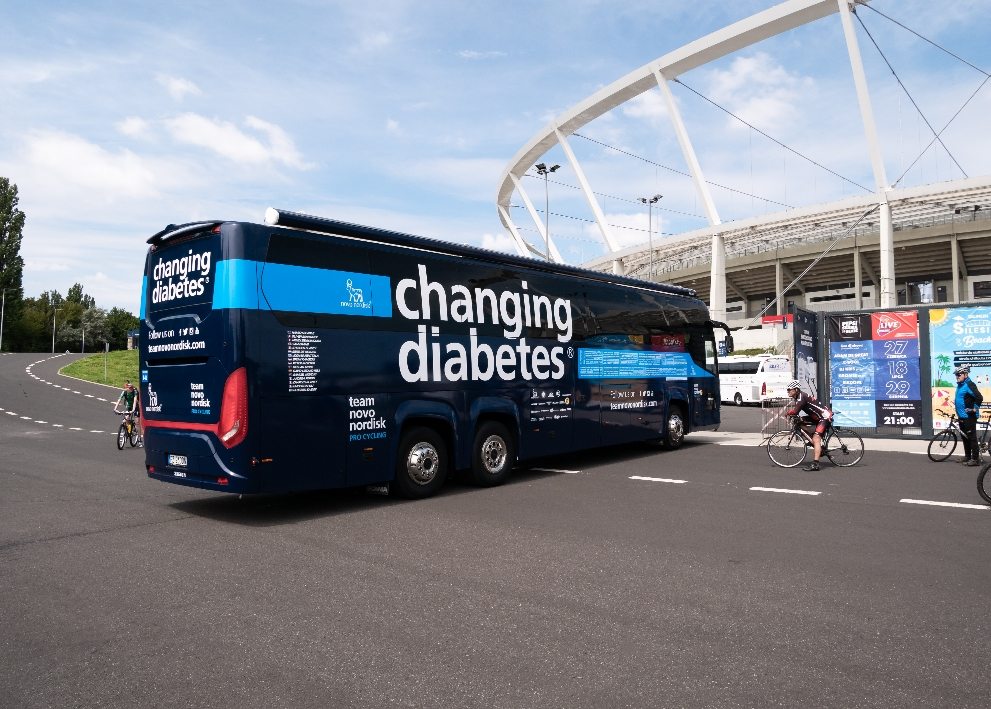Evolus (EOLS) Q2 Revenue Rises 4%

Key Points
GAAP revenue grew 4% to $69.4 million in Q2 2025, missing analyst expectations by 15.4% (GAAP).
Management sharply reduced full-year 2025 GAAP revenue guidance to $295–305 million, reflecting ongoing demand challenges.
Evolus (NASDAQ:EOLS), a performance beauty company specializing in aesthetic neurotoxins and hyaluronic acid (HA) dermal fillers, reported Q2 2025 results on August 5, 2025. The headline news is a material shortfall in both revenue and earnings, with GAAP revenue reached $69.4 million, compared to a consensus estimate of $82.04 million, and GAAP earnings per share (EPS) of $(0.27), compared with the expected $(0.10). The numbers highlight a tougher period for Evolus, as management pointed to a rapid decline in U.S. aesthetics demand in the final weeks of the quarter and lowered its full-year 2025 revenue forecast by approximately $50 million. Despite these headwinds, Evolus continued launching new products and gained traction in international markets. However, the quarter’s results and reduced outlook paint a picture of a company navigating near-term pressure, with a focus on controlling costs and strengthening its long-term portfolio.
| Metric | Q2 2025 | Q2 2025 Estimate | Q2 2024 | Y/Y Change |
|---|---|---|---|---|
| EPS | $(0.27) | $(0.10) | $(0.18) | (50.0%) |
| Revenue | $69.4 million | $82.04 million | $66.9 million | 3.7% |
| Gross Profit Margin | 65.3 % | 70.3 % | (5.0 pp) | |
| Non-GAAP Operating Expenses | $54.0 million | $46.7 million | 15.6% | |
| Non-GAAP Income (Loss) from Operations | $(7.9 million) | $1.1 million | -818.2% |
Source: Analyst estimates provided by FactSet. Management expectations based on management's guidance, as provided in Q1 2025 earnings report.
About Evolus: Business Overview and Focus Areas
Evolus is a U.S.-based pharmaceutical company focused exclusively on aesthetic medicine. Its flagship products include Jeuveau, a neurotoxin used to temporarily improve the look of frown lines, and the Evolysse line of hyaluronic acid dermal fillers. Evolus positions itself as a “performance beauty” company with a digital-first, consumer-driven approach. The company aims to differentiate by focusing on the millennial and younger demographic, leveraging loyalty programs, and tailoring its marketing for aesthetics rather than therapeutic use.
Key areas of Evolus’s strategy include expanding its geographic reach, innovating and launching new products, differentiating its offerings through clinical data and marketing, ensuring regulatory compliance, and supporting its growth through partnerships with manufacturing specialists such as Daewoong and Symatese. To succeed, Evolus must secure approvals to launch new products, effectively promote them in a crowded aesthetics market, and manage its global supply chain efficiently.
Quarter in Review: Notable Results and Key Developments
Evolus fell short of both GAAP revenue and earnings expectations in Q2 2025. GAAP revenue climbed 4%, but missed estimates by $12.6 million or 15.4%. GAAP EPS fell short by $0.37 compared with consensus. Management attributed the weaker results to a notable drop-off in U.S. customer orders, especially in the final two weeks of the quarter, as well as ongoing macroeconomic pressure affecting consumer sentiment for medical aesthetics. Notably, the results triggered a steep reduction in full-year revenue guidance, with new estimates for total net revenue at $295–305 million for 2025, down from the previous $345–355 million range.
The period included the U.S. launch of Evolysse, a hyaluronic acid filler. The Evolysse™ product line delivered $9.7 million in GAAP revenue—approximately 13.97% of total company GAAP revenue—and management called the debut the strongest filler launch quarter in over a decade. Evolysse was also praised for its “Drop the F Word” marketing campaign, which aims to reposition dermal fillers in consumer perception. Despite higher launch and promotional costs, early adoption by aesthetic customers surpassed internal expectations, with over 565 new purchasing accounts added to reach more than 16,500 globally.
Jeuveau, Evolus’s neurotoxin product, maintained its 14% share of the U.S. toxins market through the first half of 2025, continuing to outperform overall market trends in terms of share preservation. The company’s rewards program saw 83,000 new members, reaching over 1.2 million total participants—up 36% year over year. Loyalty metrics indicated strong retention: about 65% of reward redemptions came from repeat customers, and reorder rates remained near 70%. These figures reflect a consumer base that continues to engage, even as new patient growth slowed and some users extended the interval between treatments.
Financially, the quarter revealed significant gross margin compression, dipping to 65.3% (GAAP) from 70.3% (GAAP) in Q2 2024. The decrease was linked to increased introductory offers on Evolysse and a higher mix of international sales. The company posted a non-GAAP operating loss of $7.9 million, down from non-GAAP operating income of $1.1 million for Q2 2024. Cash and cash equivalents (GAAP) declined by $6.2 million, driven in part by increased inventory stocking ahead of anticipated tariffs. Inventory climbed from $12.2 million at year-end 2024 to $26.5 million at quarter-end June 30, 2025, as the company sought to mitigate supply risks from changing U.S.-Europe tariff rules.
A key regulatory development was Evolysse’s successful launch in the U.S, with planned expansions in international markets and additional U.S. product versions scheduled for 2026 and 2027. Management noted that a 15% tariff on Evolysse would take effect August 7, 2025, but stated the projected financial impact is minimal and already included in revised 2025 guidance. No new dividends were declared or adjusted during the period. EOLS does not currently pay a dividend.
Looking Forward: Guidance and Focus Areas
Management lowered full-year 2025 GAAP revenue guidance to $295 million to $305 million due to weak U.S. market demand and slowing consumer spending in the aesthetics sector. The new GAAP revenue target of $295–305 million for full-year 2025 reflects expected annual growth of 11%–15%, but is sharply down from the 30%–33% range projected earlier in the year. The forecast for non-GAAP operating expenses was also lowered to $208–213 million for full-year 2025 as the company pursues further cost optimization, with planned savings of at least $25 million for the year. Though management reaffirmed long-term goals of reaching $700 million in net revenue and 20% non-GAAP operating income margin by 2028, the timeline for near-term profitability has been pushed out. Non-GAAP operating profits are now expected in Q4 2025, with full-year profitability (non-GAAP operating income) targeted in 2026.
Looking ahead, investors may want to monitor several crucial areas: the pace of recovery in U.S. aesthetics demand, the ongoing ramp of Evolysse as a new product family, the stability of gross profit margin (GAAP) at 65.3% as introductory pricing and international sales grow, working capital management in light of rising inventories, and Evolus’s ability to execute on its revised cost plan. The company also flagged upcoming product launches in the U.S. and Europe as central to its future revenue mix. No additional clarity beyond this revised guidance was provided by management.
Revenue and net income presented using U.S. generally accepted accounting principles (GAAP) unless otherwise noted.
Where to invest $1,000 right now
When our analyst team has a stock tip, it can pay to listen. After all, Stock Advisor’s total average return is 1,026%* — a market-crushing outperformance compared to 180% for the S&P 500.
They just revealed what they believe are the 10 best stocks for investors to buy right now, available when you join Stock Advisor.
*Stock Advisor returns as of August 4, 2025
JesterAI is a Foolish AI, based on a variety of Large Language Models (LLMs) and proprietary Motley Fool systems. All articles published by JesterAI are reviewed by our editorial team, and The Motley Fool takes ultimate responsibility for the content of this article. JesterAI cannot own stocks and so it has no positions in any stocks mentioned. The Motley Fool has positions in and recommends Evolus. The Motley Fool has a disclosure policy.





